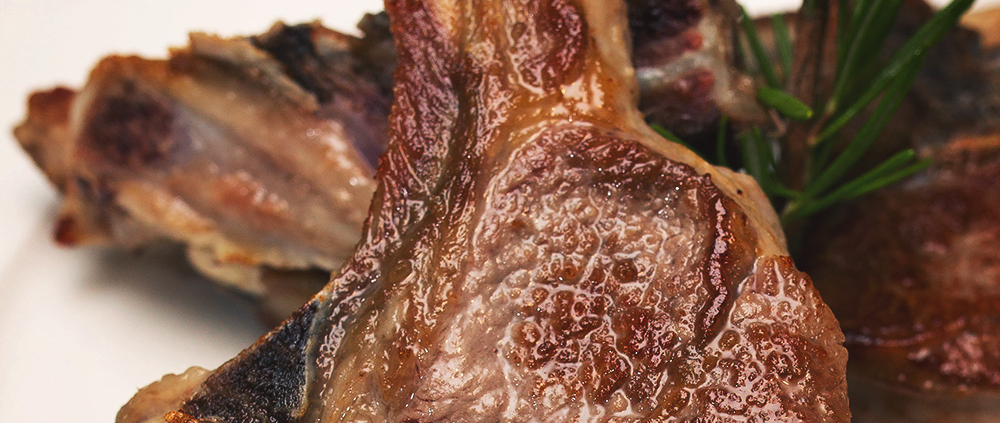Easter: a time of rebirth accompanied by the flavours and colours of spring.
Confetti, masks, and pranks are now behind us. Carnival is over and the Easter season is slowly approaching.
It is a time with strong religious significance which is also rich in traditions and liturgies that colour the customs and rituals of everyday life.
Above all, the culinary tradition of Italy is one which revels in its own hues, smells, and flavours. The recipes and dishes typical of this period, which of course vary from region to region, are a riot of vibrant colours and potent fragrances, all in celebration of the coming spring.
Aromatic herbs and wild greens, spices, eggs, goat, lamb, and cheeses are all spring ingredients, symbolising rebirth and the start of the summer season. Numerous Easter recipes are based on these foods, bringing to mind herb omelettes, roast lamb, boiled eggs, Easter pizza, and courgette and artichoke salad.
If you are looking to serve a typical Italian main course at your table, here at Cuciniamo Italy we have a very simple recipe for Abbacchio scottadito proposed by chef José Amici.
Abbacchio, a suckling lamb with very tender meat, is the perfect dish for the Easter tradition. Indeed, according to the Holy Scriptures, the lamb represents Jesus Christ, who sacrificed himself for Man and took on the symbol of the sacrificial lamb.
Read this article also in German and Italian.
COLOURED EGGS, between tradition and fun.
An unmistakable symbol of the season, Easter eggs can be found in various forms but are always hard-boiled and colourful! The egg is considered a universal symbol of life and birth, and people have fun decorating eggs in many different ways for Easter. Usually the ones we find painted in supermarkets use food colourings typical of confectionery, but in the past it was common to use natural, plant-based ingredients. One of these ingredients is red onion skins.

@Cuciniamo Italy
The method is very simple and the result is guaranteed. Put the skins of about ten onions in a pot with a litre of water. Bring the water to a boil and leave the skins to soak for 15–30 minutes after the water boils. When the coloured liquid has cooled, add the raw eggs and boil them for about ten minutes. Achieving the desired colour intensity will depend on how long the eggs are left in the liquid.
If, in addition to dying them, you want to decorate your eggs further, you can follow this video to have a great time making many different kinds of Easter eggs.
Italy at Easter: the Saline di Cervia, a little gem in the Adriatic
Easter is also a time for travel and relaxation. Italy is a favourite tourist destination because, weather permitting, one may have the good fortune of enjoying a foretaste of summer along its coasts.
It is also precisely in March that one of the most fascinating places on the peninsula, in terms of nature and food as well as history, opens to visitors. A destination still uncrowded by tourists, which turns pink at sunset: the Saline di Cervia, or Cervia Salt Pans, located south of the Po Delta Park, a nature reserve and protected area which is home to flamingos, avocets, and herons.
These may be the smallest and northernmost salt pans in Italy, but their thriving saltworks produce over 1000 quintals a year, still using traditional methods with the help of a trolley and conveyor belt. The extracted salt is known as ‘Sweet Salt of Cervia‘, so called because it contains predominantly pure sodium chloride and a low percentage of other chlorides that would make it more bitter.
This salt is also famous for its use in the salting process for prosciutto di Parma and in the processing of Parmigiano Reggiano cheese.
The Saline di Cervia are certainly among the ideal destinations for those who want to enjoy an Easter immersed in nature and surrounded by the scents and colours of emerging spring. The Po Delta Park, as suggested in this Cuciniamo Italy article, also offers the opportunity to visit and explore many other fascinating sites and places in the area.
Definitely an ideal destination for families and explorers.

Photo by @Cuciniamo Italy
Cover image by @iorispremoli



 True Italian
True Italian






